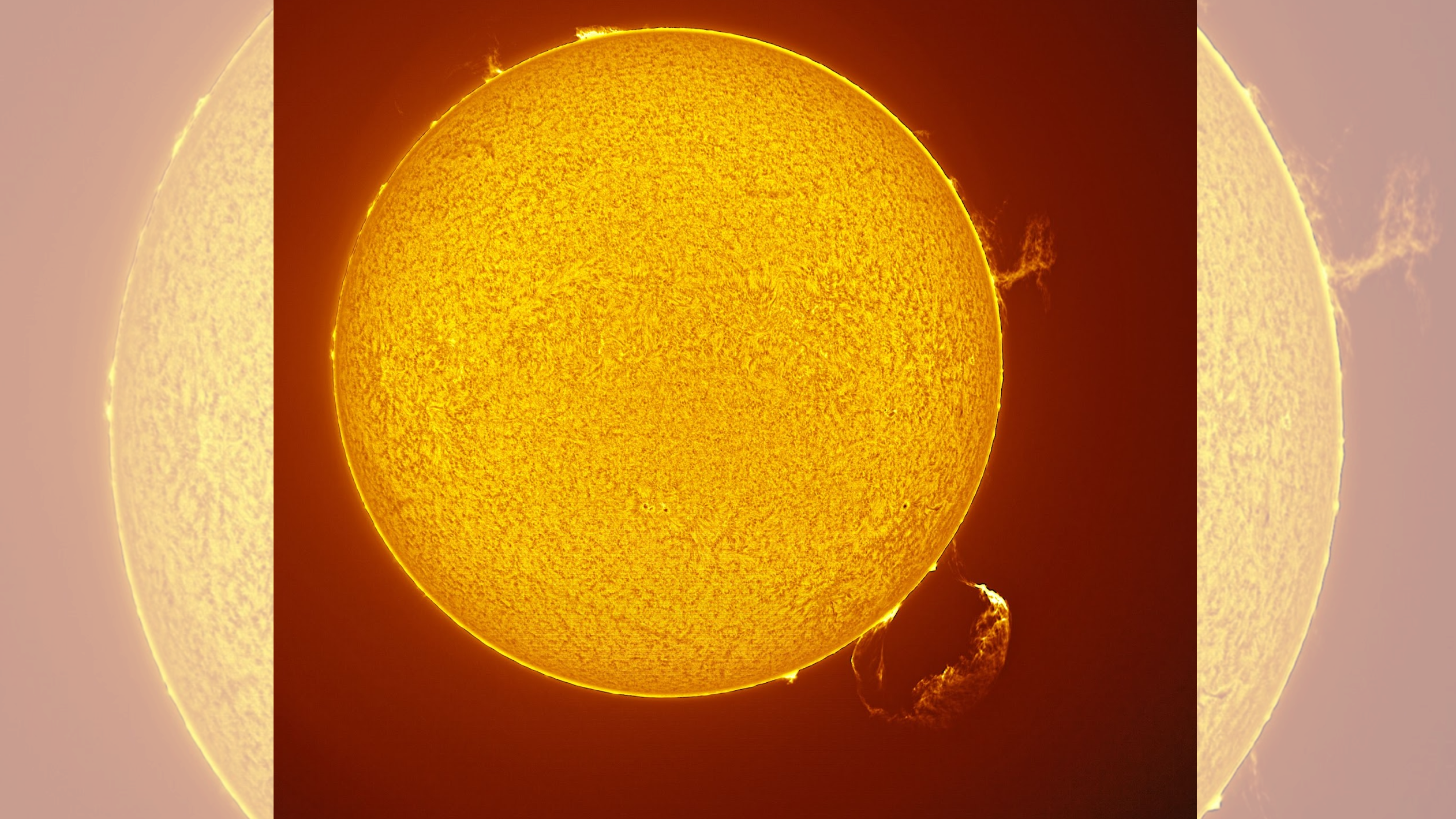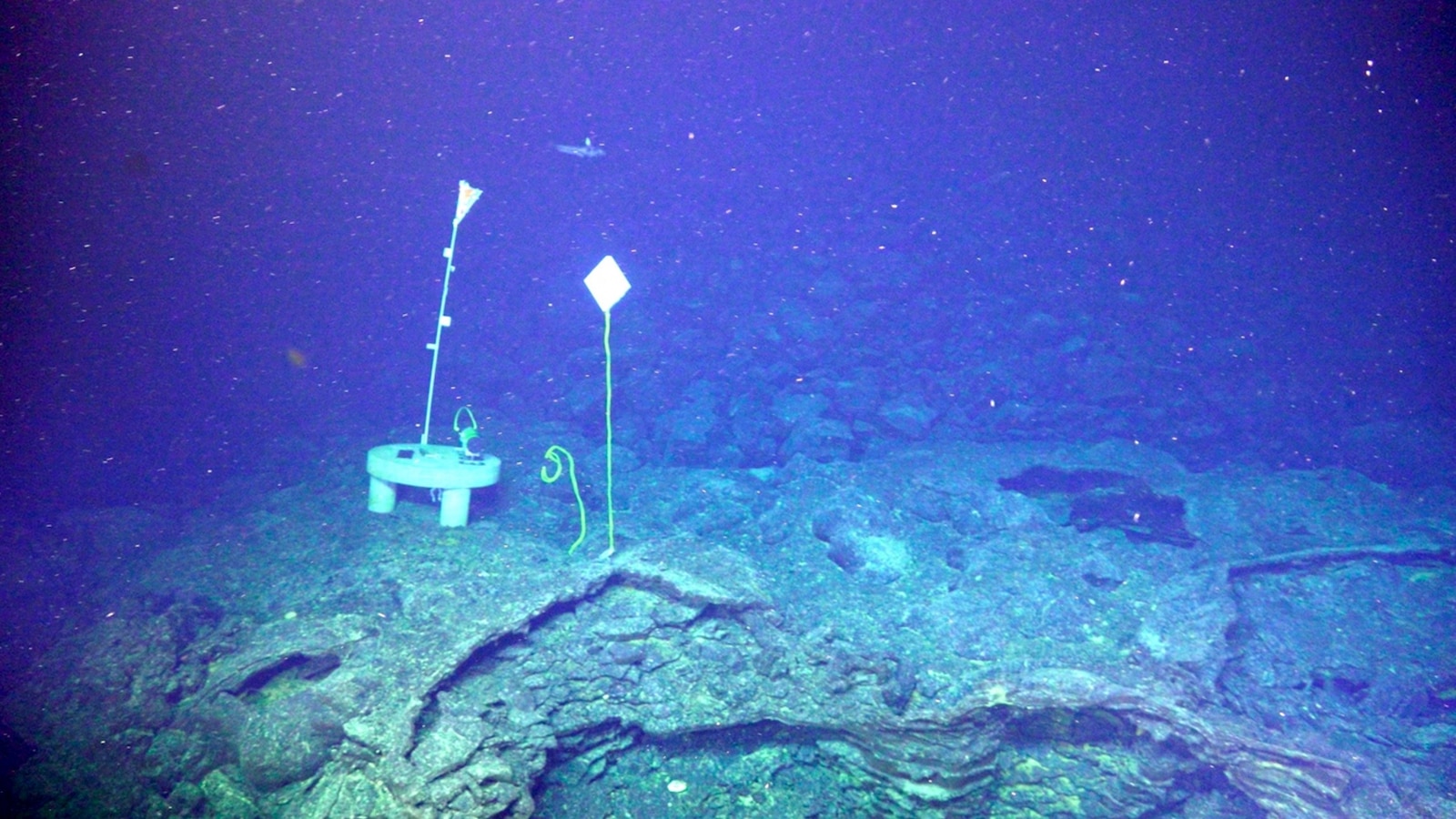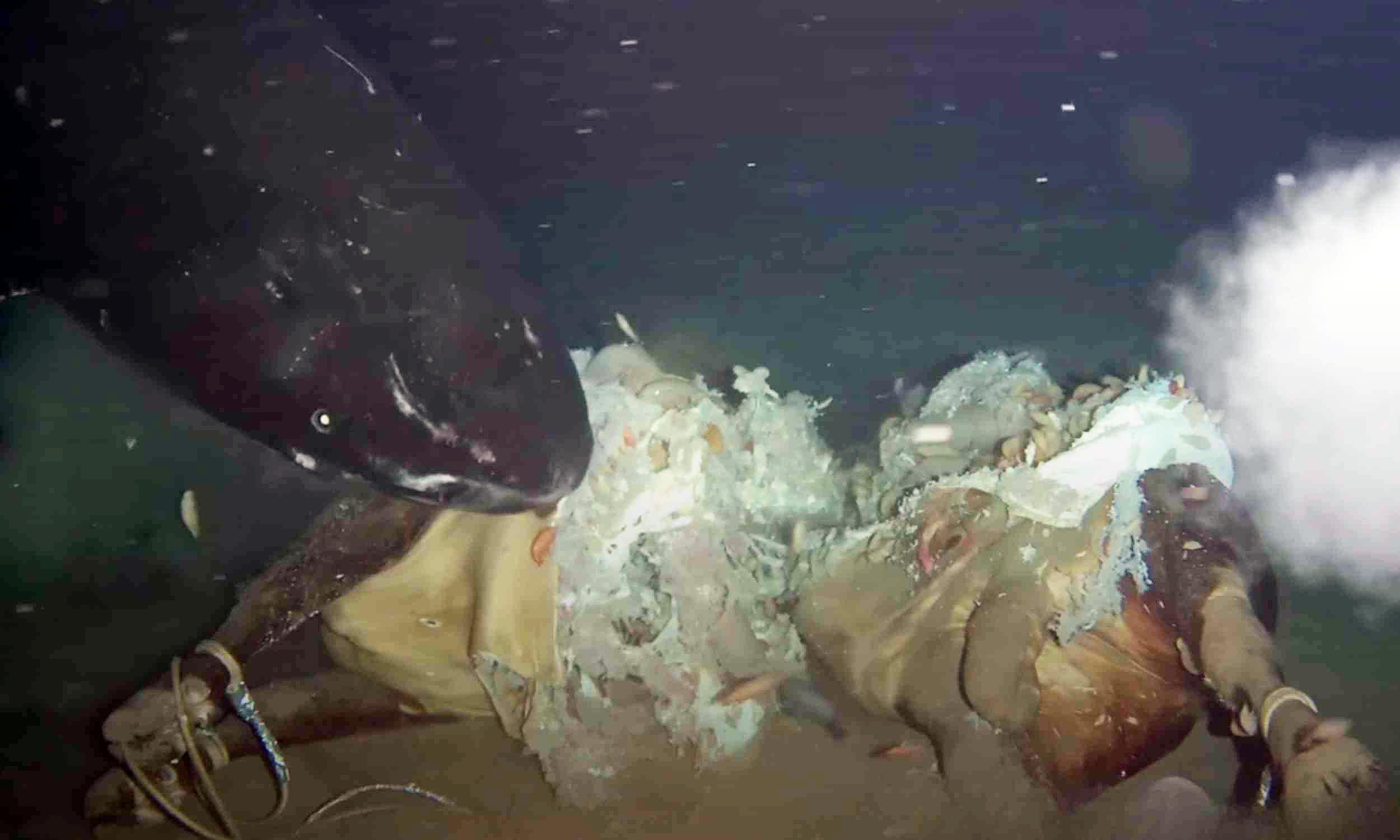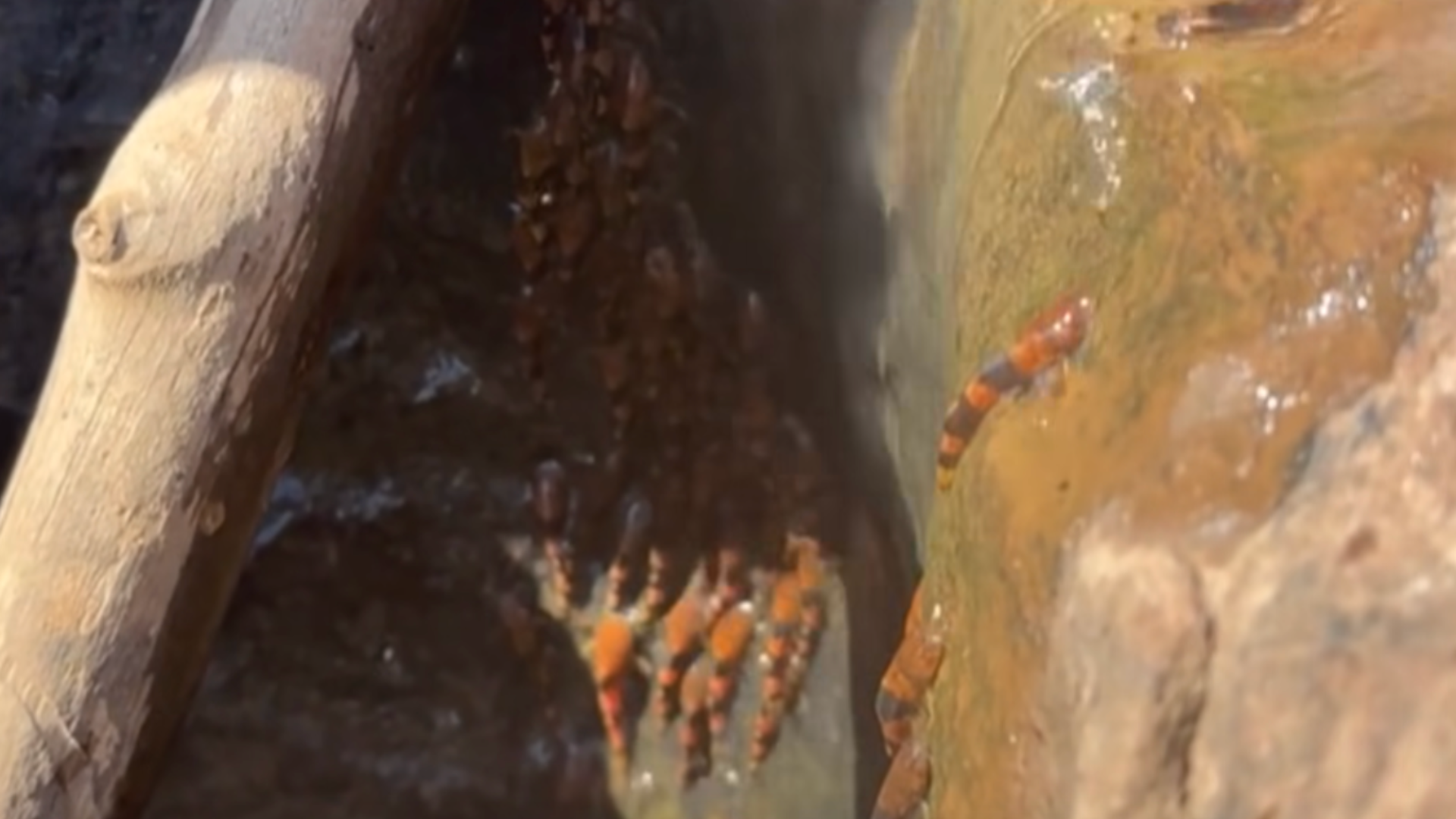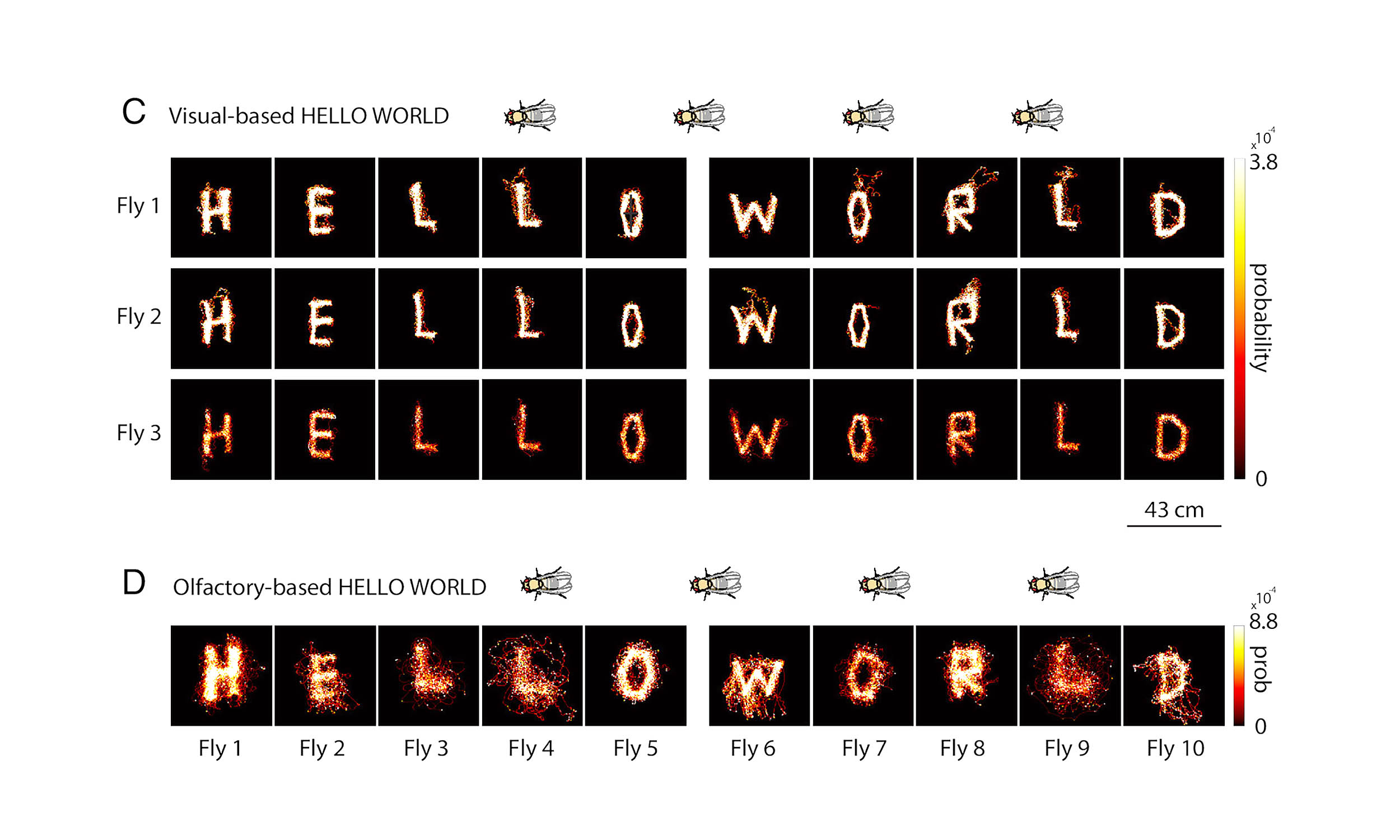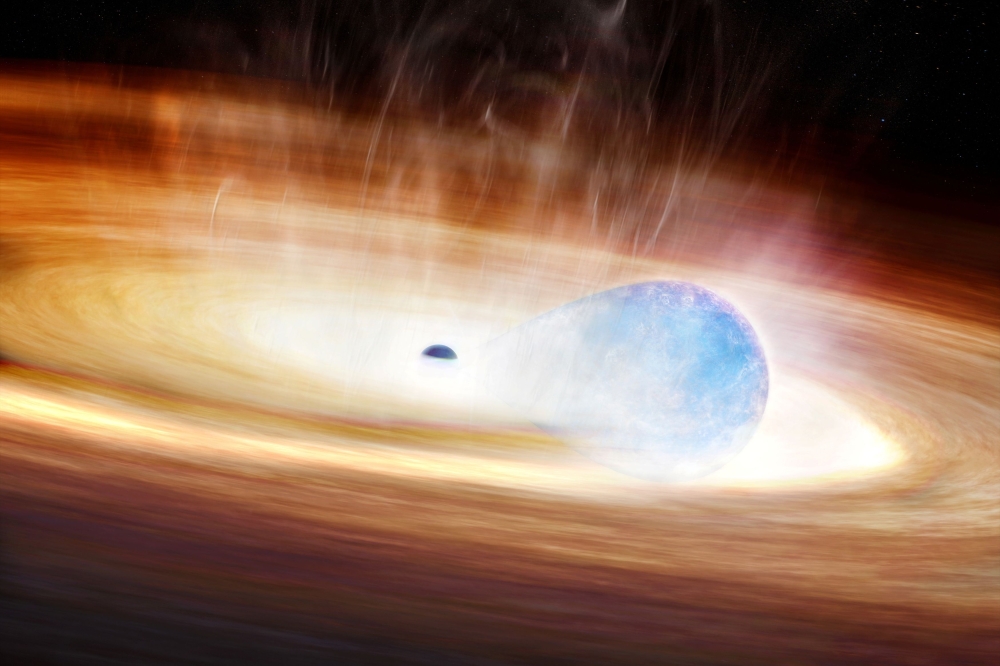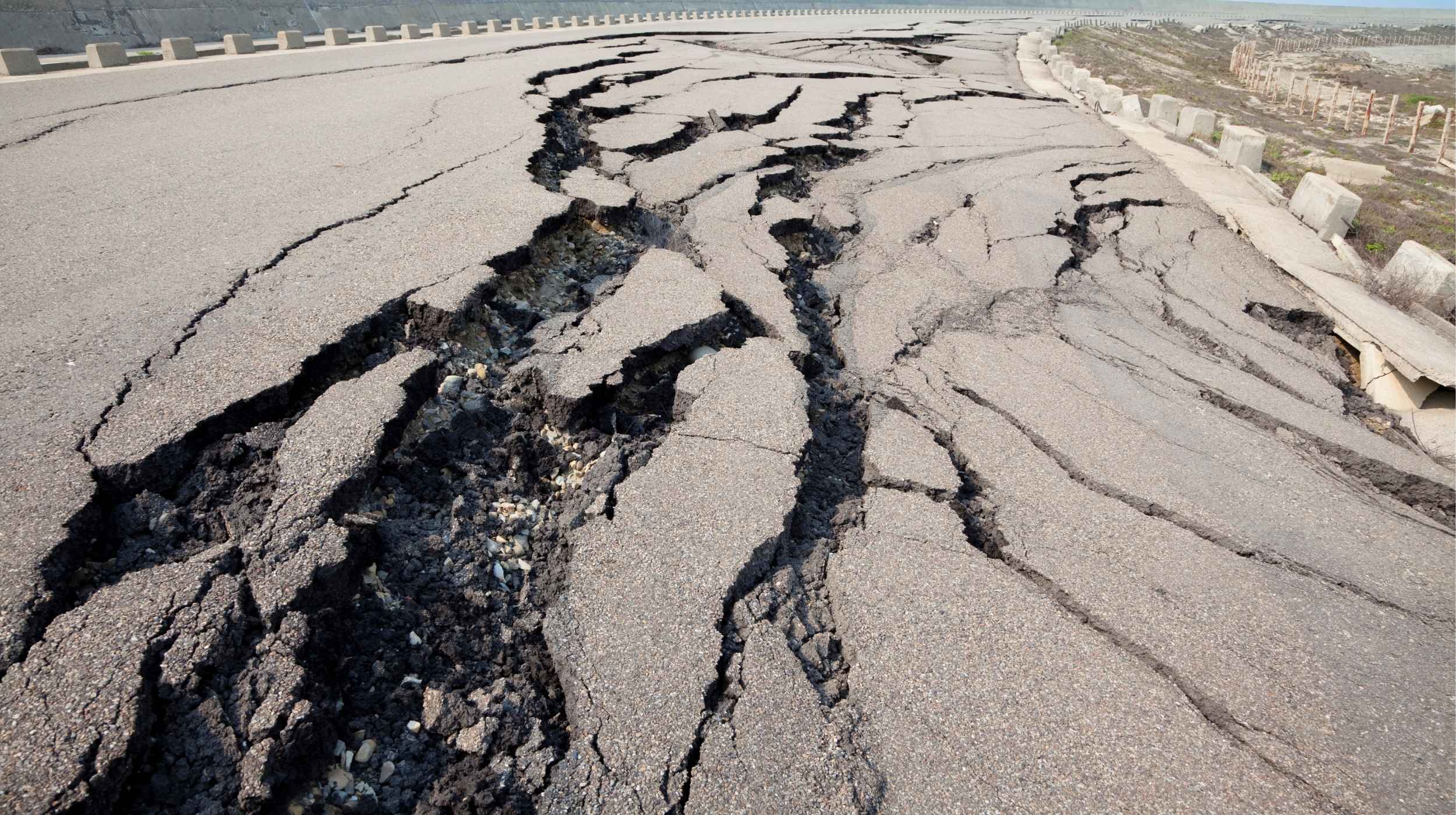Space Debris Solution? A Simple Paper Plane Takes Flight from the ISS!

What if I told you that the solution to the growing problem of space debris could be as simple as a paper airplane? Yes, you heard it right! In a fascinating breakthrough, scientists from Japan are exploring the idea of using a paper plane to tackle the challenges of debris orbiting our planet. This isn’t just a whimsical thought experiment; it’s a serious proposition that could reshape how we think about sustainability in space.
A team from the University of Tokyo recently conducted an intriguing experiment, launching a paper plane made from a standard A4 sheet from the International Space Station (ISS). This was not just for fun—it's part of a larger study published in the journal Acta Astronautica, which suggests that origami technology could offer innovative solutions to the trash problem in low Earth orbit. Instead of solely relying on metals to construct spacecraft, the researchers propose that paper can be an equally effective material, and the best part? It burns up upon reentry into the atmosphere, leaving no toxic remnants behind.
Think about it: every time a spacecraft reenters Earth’s atmosphere, it can shed metallic particles that harm our ozone layer. By utilizing paper, we could contribute to creating a more sustainable environment in orbit. But how exactly does this work? Well, the experiment involved a paper plane with an aluminum tail, launched from the ISS at an altitude of 400 kilometers and at a staggering speed of 17,448 miles per hour!
In a controlled environment, the paper plane initially glided smoothly, showing stability against the backdrop of space. But things took a wild turn as it descended to an altitude of 120 kilometers, where it began to tumble uncontrollably. Yet, this was expected; the researchers knew that severe aerodynamic heating would likely incinerate the plane at altitudes between 90 to 110 kilometers.
To further test its limits, the researchers simulated Mach 7 speeds in the Kashiwa Hypersonic and High Enthalpy Wind Tunnel. Surprisingly, while the nose of the plane bent and the wings began to char, it did not disintegrate entirely. The team speculated that with continued exposure, it likely would have shattered.
However, there are significant limitations to using paper planes in space. For starters, they can't handle all mission types. Researchers suggest that these paper craft could serve as passive probes to measure atmospheric conditions or be used for brief, cost-effective missions in low Earth orbit. But given their small size and limited durability, they won’t last long before succumbing to the harsh environment of space.
So, while the notion of flying paper planes in space may sound absurd, it embodies a creative and eco-friendly approach to addressing our space debris crisis. Who would have thought that something so simple could spark discussions about sustainability in one of the most challenging environments imaginable?












